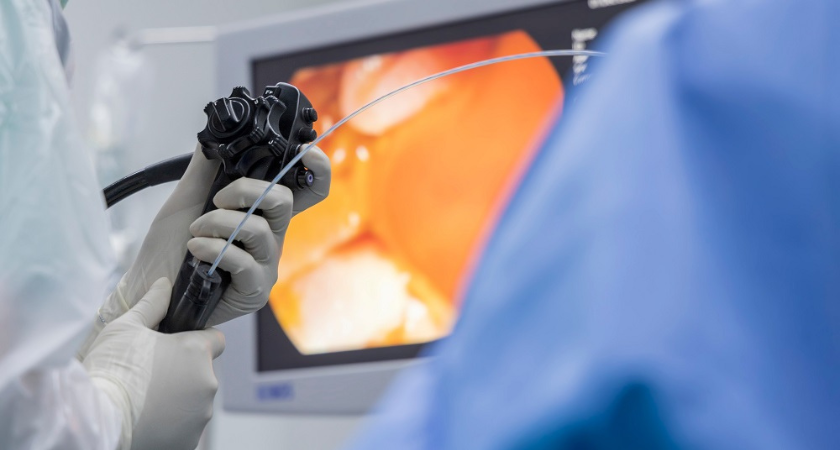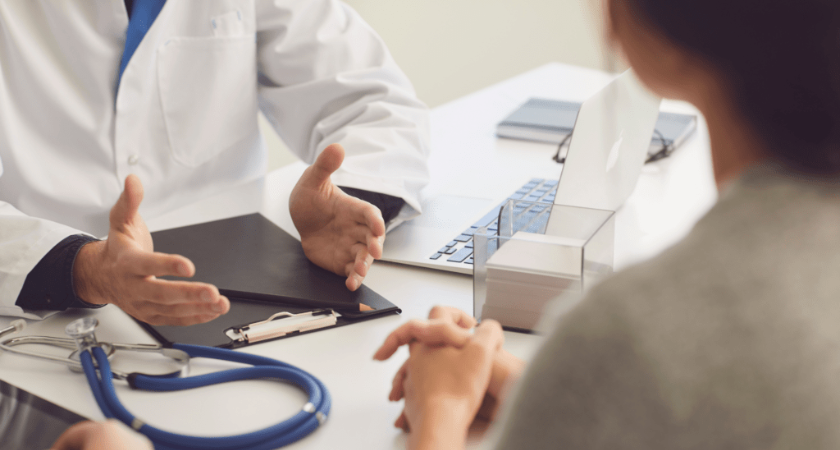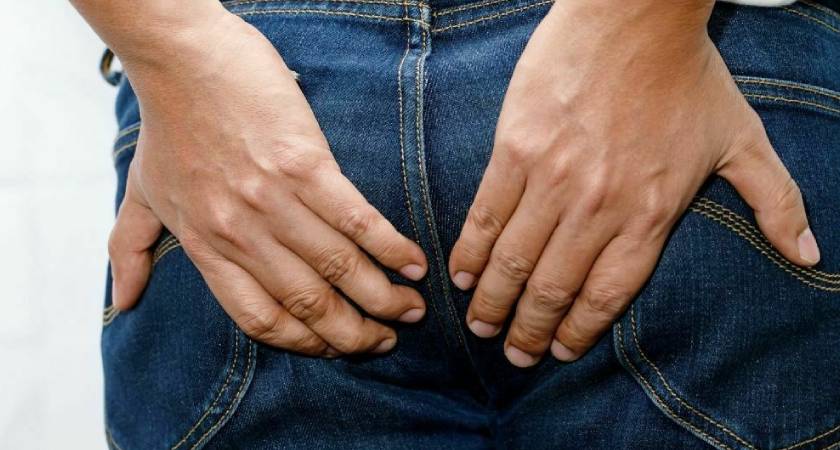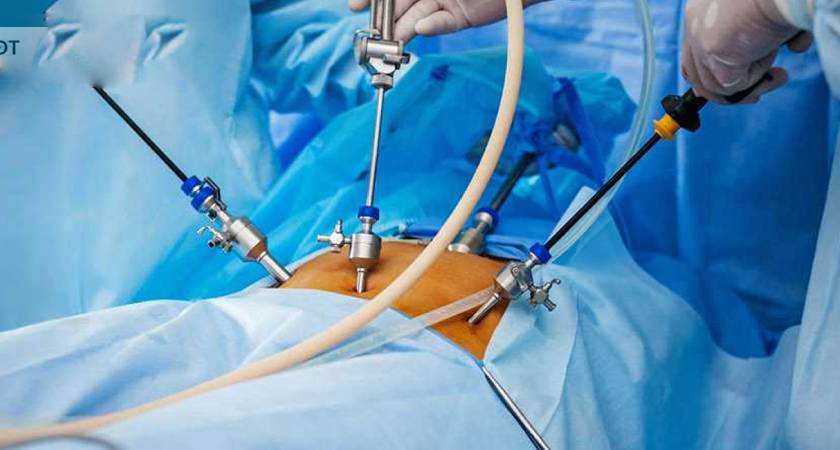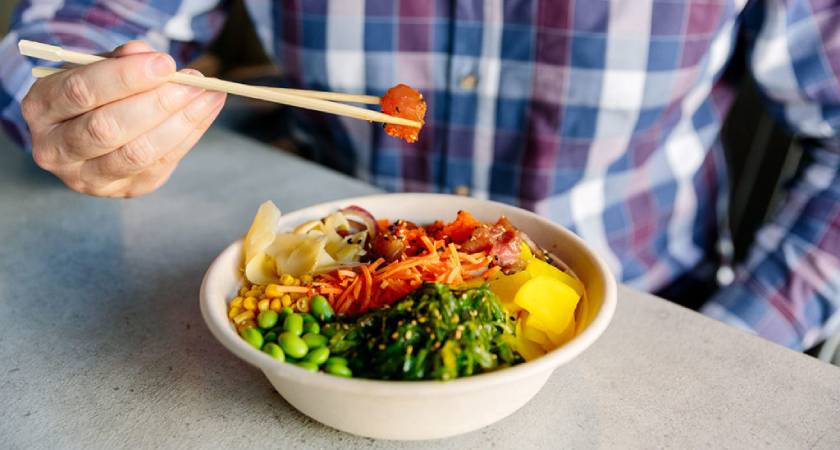Laparoscopic surgery is a minimally invasive surgical technique that has revolutionized the field of surgery over the past few decades. It involves making small incisions in the abdomen and using a laparoscope (a long, thin tube with a camera and light on the end) to guide the surgeon’s instruments. Laparoscopic surgery offers several advantages over traditional open surgery, especially when it comes to treating gastrointestinal (GI) conditions.
Here are some of the key advantages of laparoscopic surgery for GI conditions:
- Smaller Incisions Laparoscopic surgery involves making several small incisions in the abdomen rather than one large incision. This reduces the amount of trauma to the body and results in less scarring, less pain, and a faster recovery time.
- Faster Recovery Time Because laparoscopic surgery is minimally invasive, patients typically experience less postoperative pain and discomfort. This means they can get back to their daily activities more quickly than patients who undergo traditional open surgery.
- Reduced Blood Loss Laparoscopic surgery is less invasive than traditional open surgery, which means there is less bleeding during the procedure. This can reduce the need for blood transfusions and lower the risk of complications related to blood loss.
- Improved Accuracy The laparoscope provides a clear, high-definition view of the surgical site, allowing the surgeon to make more precise incisions and manipulate tissues more accurately. This can lead to better outcomes and reduced risk of complications.
- Reduced Risk of Infection Because laparoscopic surgery is minimally invasive, there is less exposure of internal organs to the outside environment. This reduces the risk of infection and can speed up the healing process.
- Shorter Hospital Stay Laparoscopic surgery typically requires a shorter hospital stay than traditional open surgery. This means that patients can recover in the comfort of their own homes and avoid the risk of hospital-acquired infections.
Overall, laparoscopic surgery offers several advantages for patients with GI conditions. It is less invasive, leads to less pain and scarring, reduces the risk of complications, and allows for a faster recovery time. If you have a GI condition and are considering surgery, be sure to talk to your doctor about the benefits of laparoscopic surgery and whether it might be right for you.

